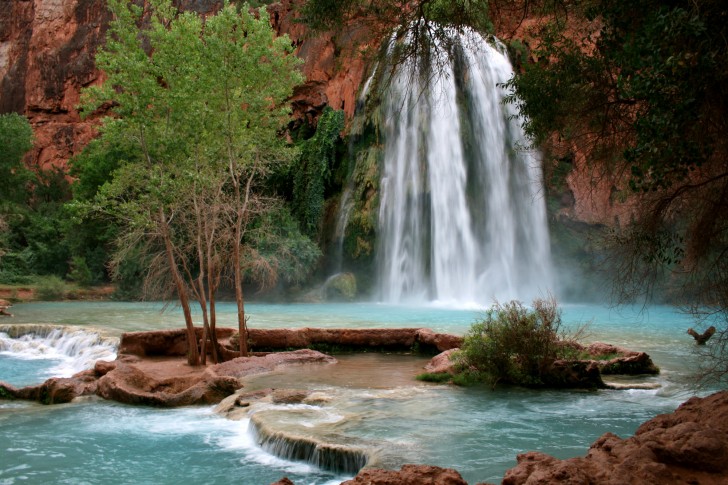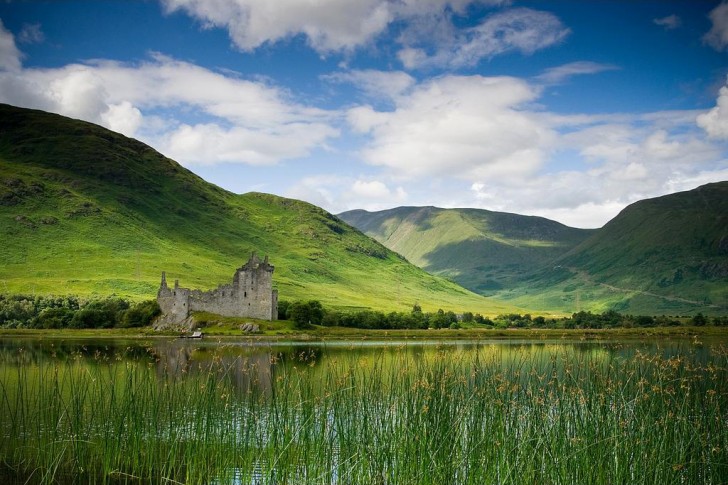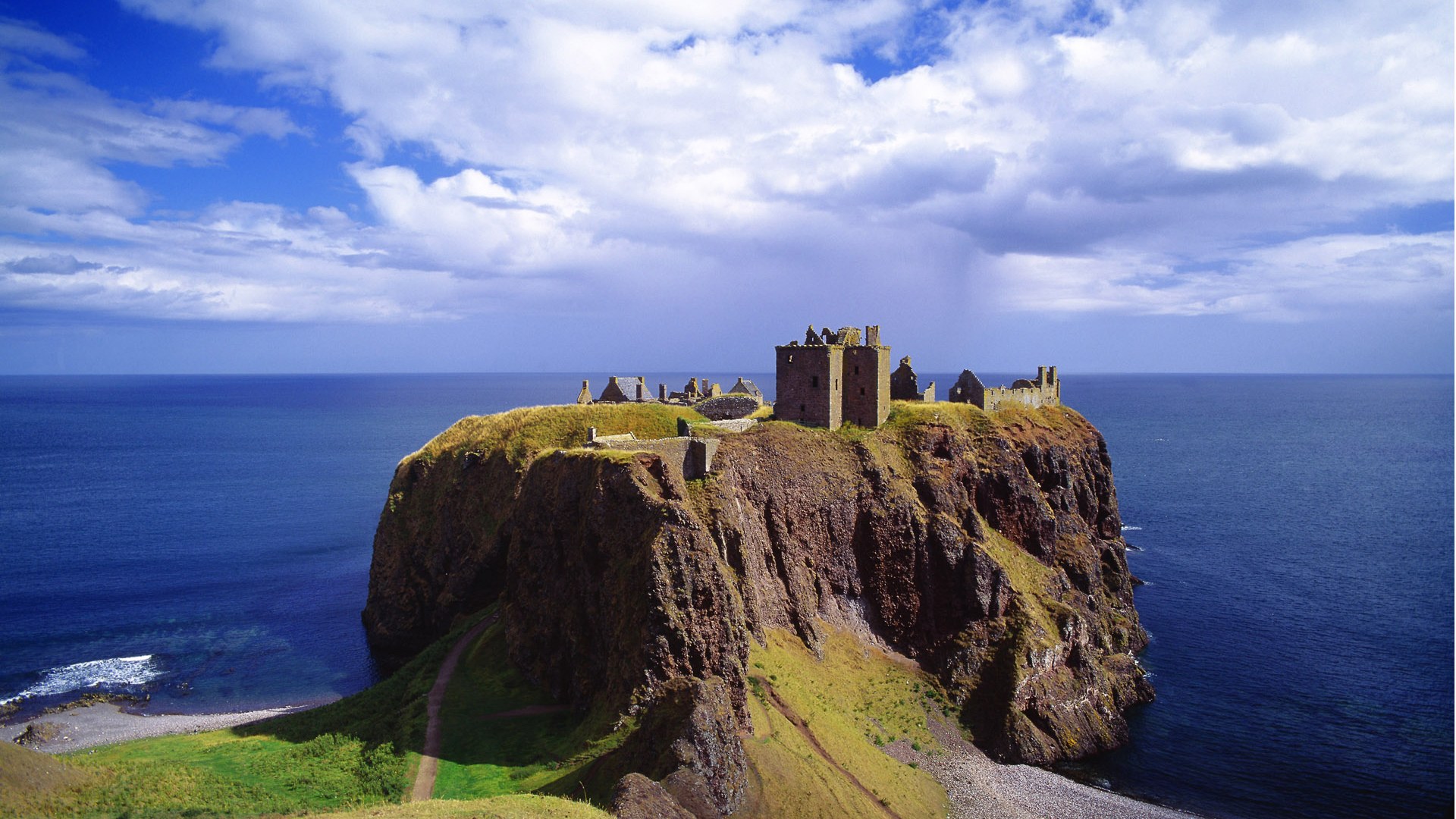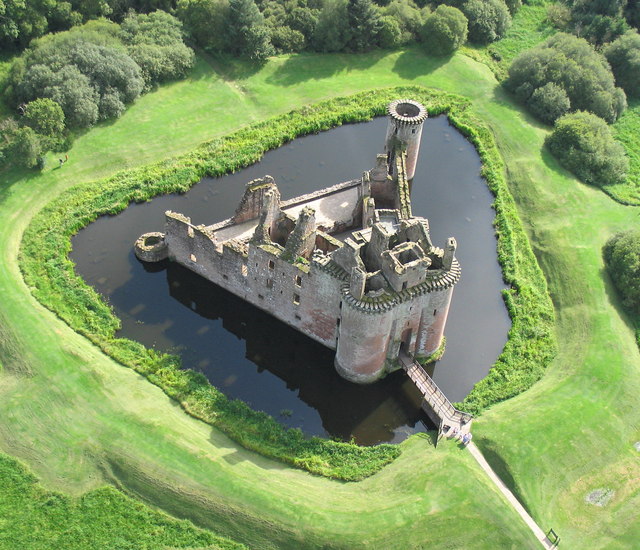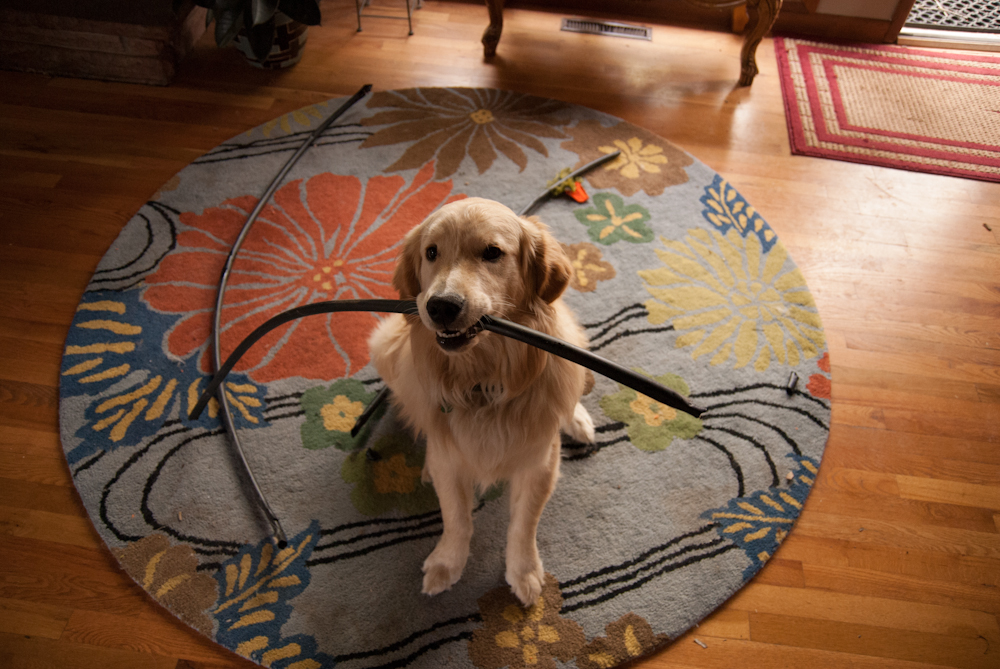Random Picture Thread
- Thread starter r464
- Start date
My neighbor used to have one of those, minus the upgraded pedals!
With some careful cropping she would make a great...ah hell, she is already great.
Cool story behind that.
I used to work with vikings (yes really) and they told me they named Iceland Greenland to confuse pirates and keep them from plundering Iceland where people actually lived...
Insert "Cool story bro" pic.
Shouldn't Greenland be known as Iceland and vice versa?Cool story behind that.
I used to work with vikings (yes really) and they told me they named Iceland Greenland to confuse pirates and keep them from plundering Iceland where people actually lived...
Insert "Cool story bro" pic.
October 23, 2001
Dear Straight Dope:
I'm curious to know about one of the greatest marketing ploys in history, namely, did Iceland and Greenland at one time switch names to fool invaders? What did the people of old Iceland have to say about the sudden influx of pillaging tourists? Since many Americans supposedly can't find their own country on the map, what's stopping Canada from pulling a "Greenland" on us? They've always seemed a bit jealous and sneaky.
Steve
So basically you're asking "Why is Iceland green and Greenland icy?" That puts us dangerously close to the whole parkway/driveway mess. Not a problem, just thought I'd clarify.
I can't quite imagine anyone packing up an invasion and going home just because somebody told them they're on the wrong island. Not outside a Monty Python sketch, anyway. I didn't have much luck tracking down the origin of the legend of the name switch, but I can tell you it's not true. The fact is that Greenland was never called "Iceland" even though the ice cap and smaller glaciers cover 85% of the land. Iceland has had four different names, but it has never been called "Greenland," even though some parts of it are brilliantly green at the right time of year.
Iceland's first name, Thule or Ultima Thule, was mentioned by a Greek explorer and writer named Pytheas, who lived around 330 B.C. Nobody is sure whether he visited the island himself, or even if he really meant Iceland. Over a thousand years later, the monk Dicuil in his De mensura orbis terrae definitely meant Iceland when he reported that Irish priests started living in Thule at least part-time in the late eighth century. The source of information about the island's other three names is a twelfth-century Icelandic history based on oral tradition, called the Landnámabók. It confirms the story of the Irish priests in Iceland, and goes on to describe other early expeditions. The first Norseman to visit Iceland was a Viking named Naddoddur, who arrived about 850 after being driven off course. He gave the island its fitting second name, Snæland ("snow land") because so much snow fell on the mountains. Not long after, an ever-so-humble Swede named Garðar Svavarsson visited, and he gave the island its third name, Garðarshólmur ("Garðar's little island").
Iceland got its modern name from another visitor, the Norwegian Viking Flóki Vilgerðarson. The Landnámabók makes it clear that Flóki chose the uninviting name ísland ("ice land") for the view of a distant fjord full of sea-ice that he glimpsed from a tall mountain. No doubt his choice was influenced by the fact that he was not at first taken with the land, and he bad-mouthed the place after his return to Norway. But eventually he changed his mind about it and moved there himself. The Landnámabók account is at odds with the common notion that Iceland was named for its glaciers, some of which are bigger than any in Europe.
You sometimes hear the story that Iceland was so named to discourage excessive immigration, but there seems to be no basis for this claim. Even if it's true, it didn't work very well. Between about 870 and 930, a period called the landnám, productive land in Iceland was free for the taking to all comers, and thousands of people immigrated from Norway, which was in political upheaval at the time. Landnám is usually translated "settlement," but "land grab" is a more literal translation and comes closer to the point. Incidentally, the Irish priests disappeared around the beginning of the landnám, probably muttering to themselves, "There goes the neighborhood."
Greenland got its name because its inhabitants sported blue-green skin from living near the sea. At least that's what Adam of Bremen wrote (in Latin) in the eleventh century. As the old proverb says, "A fool, unless he knows Latin, is never a great fool." I think it's safe to say that Adam of Bremen was a great fool, at least on this point.
The real story behind the name is given in Erik the Red's Saga, based on oral tradition and written down in the early thirteenth century in Iceland. After the Icelandic landnám was over, Erik the Red and his father Thorvald were forced to leave Norway because one or both of them was involved in killings (details are not given). After Thorvald died, Erik was involved in yet more killings, for which his punishment was three years' vacation--er, I mean banishment from Iceland. (And you thought O. J. got off easy.)
He used the time to explore the rumored lands to the west. When his term of banishment expired, he returned to Icleand to invite his neighbors and friends to settle the new country with him. He purposely chose the pleasant name Grænland ("green land") to attract settlers, but the choice wasn't exactly misleading. Some parts of Greenland, especially the parts the Norse settled, really are green, as these pictures from the tourist board attest (www.greenland-guide.dk/outdoor_life_photo.htm). He may have been a killer, but at least he wasn't a real-estate scam-artist. He didn't have that much to gain by lying anyway, since he didn't charge anyone for the land. As in Iceland a century before, the land was free for the taking. Natives had lived in the area in the past, but at the time of Erik's voyage, only the northern part of Greenland was occupied by the Inuit (Eskimos).
The unoccupied land in southern Greenland really was of much higher quality than anything that remained unclaimed in Iceland. The greenery that most interested the settlers was the pasturage, which was good enough to support their sheep, goats, horses, swine, and cattle. The Norsemen lived on the milk and meat from their livestock, supplemented with their catch of caribou, small game, fish, and sea mammals. No doubt they also partook of sea-bird eggs and berries. They were able to grow some grain (probably barley), but they must have had to import some as well. They also imported luxury goods, such as wine and silk. They could afford the imports because they sold wool, hides, and walrus and narwhal tusks. The last two items especially were in high demand in Europe. The trade continued for hundreds of years despite the fact that the voyage was always a dangerous one.
The Norse settlements in Greenland died out eventually, but they thrived for at least three centuries and survived almost five. Five hundred years is nothing to sneeze at when you consider that Jamestown was settled less than 400 years ago. The exact reason behind the failure is still an open question, but worsening climatic conditions, with a very cold period in the early- to mid-fifteenth century, surely contributed to it. A PBS documentary series, Secrets of the Dead, did an informative episode about the disappearance of the Greenland colony (www.pbs.org/wnet/secrets/html/e2-menu.html).
And you're absolutely right about those sneaky Canadians. Next thing you know, they'll be trying to steal Manitoba from us.
Bibliophage
Thanks Wikipedia.
Shouldn't Greenland be known as Iceland and vice versa?
October 23, 2001
Dear Straight Dope:
I'm curious to know about one of the greatest marketing ploys in history, namely, did Iceland and Greenland at one time switch names to fool invaders? What did the people of old Iceland have to say about the sudden influx of pillaging tourists? Since many Americans supposedly can't find their own country on the map, what's stopping Canada from pulling a "Greenland" on us? They've always seemed a bit jealous and sneaky.
— Steve
So basically you're asking "Why is Iceland green and Greenland icy?" That puts us dangerously close to the whole parkway/driveway mess. Not a problem, just thought I'd clarify.
I can't quite imagine anyone packing up an invasion and going home just because somebody told them they're on the wrong island. Not outside a Monty Python sketch, anyway. I didn't have much luck tracking down the origin of the legend of the name switch, but I can tell you it's not true. The fact is that Greenland was never called "Iceland" even though the ice cap and smaller glaciers cover 85% of the land. Iceland has had four different names, but it has never been called "Greenland," even though some parts of it are brilliantly green at the right time of year.
Iceland's first name, Thule or Ultima Thule, was mentioned by a Greek explorer and writer named Pytheas, who lived around 330 B.C. Nobody is sure whether he visited the island himself, or even if he really meant Iceland. Over a thousand years later, the monk Dicuil in his De mensura orbis terrae definitely meant Iceland when he reported that Irish priests started living in Thule at least part-time in the late eighth century. The source of information about the island's other three names is a twelfth-century Icelandic history based on oral tradition, called the Landnámabók. It confirms the story of the Irish priests in Iceland, and goes on to describe other early expeditions. The first Norseman to visit Iceland was a Viking named Naddoddur, who arrived about 850 after being driven off course. He gave the island its fitting second name, Snæland ("snow land") because so much snow fell on the mountains. Not long after, an ever-so-humble Swede named Garðar Svavarsson visited, and he gave the island its third name, Garðarshólmur ("Garðar's little island").
Iceland got its modern name from another visitor, the Norwegian Viking Flóki Vilgerðarson. The Landnámabók makes it clear that Flóki chose the uninviting name ísland ("ice land") for the view of a distant fjord full of sea-ice that he glimpsed from a tall mountain. No doubt his choice was influenced by the fact that he was not at first taken with the land, and he bad-mouthed the place after his return to Norway. But eventually he changed his mind about it and moved there himself. The Landnámabók account is at odds with the common notion that Iceland was named for its glaciers, some of which are bigger than any in Europe.
You sometimes hear the story that Iceland was so named to discourage excessive immigration, but there seems to be no basis for this claim. Even if it's true, it didn't work very well. Between about 870 and 930, a period called the landnám, productive land in Iceland was free for the taking to all comers, and thousands of people immigrated from Norway, which was in political upheaval at the time. Landnám is usually translated "settlement," but "land grab" is a more literal translation and comes closer to the point. Incidentally, the Irish priests disappeared around the beginning of the landnám, probably muttering to themselves, "There goes the neighborhood."
Greenland got its name because its inhabitants sported blue-green skin from living near the sea. At least that's what Adam of Bremen wrote (in Latin) in the eleventh century. As the old proverb says, "A fool, unless he knows Latin, is never a great fool." I think it's safe to say that Adam of Bremen was a great fool, at least on this point.
The real story behind the name is given in Erik the Red's Saga, based on oral tradition and written down in the early thirteenth century in Iceland. After the Icelandic landnám was over, Erik the Red and his father Thorvald were forced to leave Norway because one or both of them was involved in killings (details are not given). After Thorvald died, Erik was involved in yet more killings, for which his punishment was three years' vacation--er, I mean banishment from Iceland. (And you thought O. J. got off easy.)
He used the time to explore the rumored lands to the west. When his term of banishment expired, he returned to Icleand to invite his neighbors and friends to settle the new country with him. He purposely chose the pleasant name Grænland ("green land") to attract settlers, but the choice wasn't exactly misleading. Some parts of Greenland, especially the parts the Norse settled, really are green, as these pictures from the tourist board attest (www.greenland-guide.dk/outdoor_life_photo.htm). He may have been a killer, but at least he wasn't a real-estate scam-artist. He didn't have that much to gain by lying anyway, since he didn't charge anyone for the land. As in Iceland a century before, the land was free for the taking. Natives had lived in the area in the past, but at the time of Erik's voyage, only the northern part of Greenland was occupied by the Inuit (Eskimos).
The unoccupied land in southern Greenland really was of much higher quality than anything that remained unclaimed in Iceland. The greenery that most interested the settlers was the pasturage, which was good enough to support their sheep, goats, horses, swine, and cattle. The Norsemen lived on the milk and meat from their livestock, supplemented with their catch of caribou, small game, fish, and sea mammals. No doubt they also partook of sea-bird eggs and berries. They were able to grow some grain (probably barley), but they must have had to import some as well. They also imported luxury goods, such as wine and silk. They could afford the imports because they sold wool, hides, and walrus and narwhal tusks. The last two items especially were in high demand in Europe. The trade continued for hundreds of years despite the fact that the voyage was always a dangerous one.
The Norse settlements in Greenland died out eventually, but they thrived for at least three centuries and survived almost five. Five hundred years is nothing to sneeze at when you consider that Jamestown was settled less than 400 years ago. The exact reason behind the failure is still an open question, but worsening climatic conditions, with a very cold period in the early- to mid-fifteenth century, surely contributed to it. A PBS documentary series, Secrets of the Dead, did an informative episode about the disappearance of the Greenland colony (www.pbs.org/wnet/secrets/html/e2-menu.html).
And you're absolutely right about those sneaky Canadians. Next thing you know, they'll be trying to steal Manitoba from us.
— Bibliophage
There are no vikings. "Viking" is a verb. You went a viking. You weren't "a viking". You worked with Norweigans or Swedes or people from some other frozen country.Cool story behind that.
I used to work with vikings (yes really) and they told me they named Iceland Greenland to confuse pirates and keep them from plundering Iceland where people actually lived...
Insert "Cool story bro" pic.
 Also, (just as an aside) there is actually no evidence that they EVER wore horns on their helmets. (Helmets were actually quite expensive in those days in that part of the world. Only the highest ranking would have a helmet or other armour. Most were unarmoured)
Also, (just as an aside) there is actually no evidence that they EVER wore horns on their helmets. (Helmets were actually quite expensive in those days in that part of the world. Only the highest ranking would have a helmet or other armour. Most were unarmoured)Thanks history book!
Last edited:
Thank you Mr. Know it All.Shouldn't Greenland be known as Iceland and vice versa?

There are no vikings. "Viking" is a verb. You went a viking. You weren't "a viking". You worked with Norweigans or Swedes or people from some other frozen country.Also, (just as an aside) there is actually no evidence that they EVER wore horns on their helmets. (Helmets were actually quite expensive in those days in that part of the world. Only the highest ranking would have a helmet or other armour. Most were unarmoured)
Thanks history book!

it could also be a gerundThere are no vikings. "Viking" is a verb.
You must spreed some reputation around before you can give it to Mandown againsame number as when 'squeeb posted it.
...see, i pay attention.
I love viking. Mostly mountain viking, but sometime road viking. Trials is not viking, it is vallet.There are no vikings. "Viking" is a verb. You went a viking.

Yep. Me too. mmm lamb stew...Been there Skibunny - pretty cool in the winter time when its half frozen.
Been there Skibunny - pretty cool in the winter time when its half frozen.
Right on guys, it looks amazing!Yep. Me too. mmm lamb stew...
Yes, lamb stew at the place is a must.Yep. Me too. mmm lamb stew...
Holy crap, someone else knows were my bloodline comes from and actually knows the history!!!!! Awesome...... ALso spot on with the armor too...There are no vikings. "Viking" is a verb. You went a viking. You weren't "a viking". You worked with Norweigans or Swedes or people from some other frozen country.Also, (just as an aside) there is actually no evidence that they EVER wore horns on their helmets. (Helmets were actually quite expensive in those days in that part of the world. Only the highest ranking would have a helmet or other armour. Most were unarmoured)
Thanks history book!
Vell played! Vell played indeed!I love viking. Mostly mountain viking, but sometime road viking. Trials is not viking, it is vallet.

-
This site uses cookies to help personalise content, tailor your experience and to keep you logged in if you register.
By continuing to use this site, you are consenting to our use of cookies.







